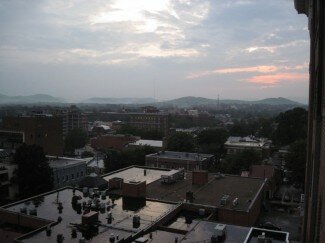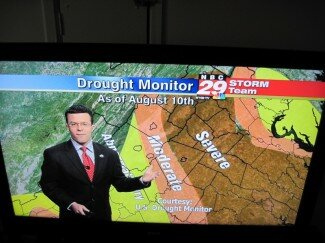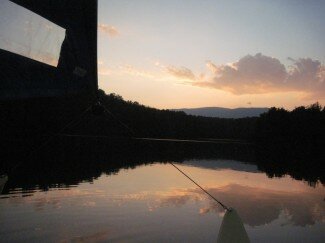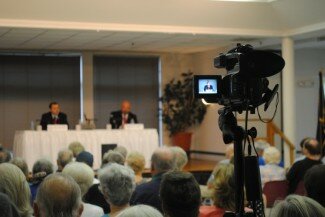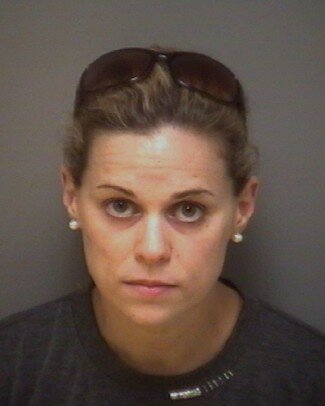Abandoned beauty: Bronson breaks it down
It’s nervy to co-opt the title of a world-famous photographer’s book and body of work (which also serves as the title of an award-winning documentary about the artist) and use it as the name of your own photography exhibit. But that’s exactly what Bonny Bronson has done with Sally Mann’s What Remains.
Bronson’s “What Remains: Ruins, Relics and Rust” is currently on view at The Gallery @ 5th & Water. Whether the coincidence of titles is accidental—which I suspect—by calling her show “What Remains,” Bronson has set the stage for an unfortunate comparison in the eyes of viewers familiar with Mann’s work.
Bronson’s project, however, is distinct. Whereas Mann’s What Remains examines impermanence through images of decomposing cadavers, Bronson’s 33 photos depict abandoned objects and architecture. Mann’s black-and white or sepia photos involve a wet colloidal technique; Bronson’s are straightforward color shots. At the heart of both artists’ endeavors, though, is a fascination with the emptiness and decay of what was once lived-in—whether bodies or buildings.
It’s not new territory, and Bronson tends to re-walk well-worn paths. Dusty bottles? Check. Broken windows? Yep. Rusted-out cars? Uh-huh. Peeling paint and vine-entwined structures? Done and done. What Bronson offers, though, is an eye for color and an infallible sense of composition.
Bronson is a “good” photographer who plays by the rules: she understands how to use a central axis without centering her subjects; she’s aware of geometry and the strength of diagonals; and she’s attentive to natural light. Her analysis of each shot is precisely calculated, and there are no missteps. Collectively, her images could form the “decay” or “abandoned buildings” category in a stock photography catalog. All are solid if detached and dispassionate.
Nevertheless, Bronson does find beauty in some surprising places, especially with regard to color. In “Reflections,” an empty warehouse with standing water and peeling walls and uprights, half white and half green-flecked blue, resembles an abstract painting through Bronson’s lens. And in “Rusted Security,” green mottles the corroding surface of a magenta fuel tank and the chain dangling from its useless lid.
The latter photograph gets a boost from hanging on an olive green wall, indicative of the care Bronson has taken with presentation. She uses 5th & Water’s challenging space to maximum effect.
“What Remains” is not What Remains, but Bronson nevertheless creates a few diamonds in the rust.
Bonnie Bronson’s exhibition “What Remains: Ruins, Relics, and Rust” is on view through August 31 at the Gallery @ 5th & Water. 107 5th St. SE (located in the upstairs foyer of Hampton & Everett and Stoneking/von Storch). 979-9825.







 Comments(1)
Comments(1)















